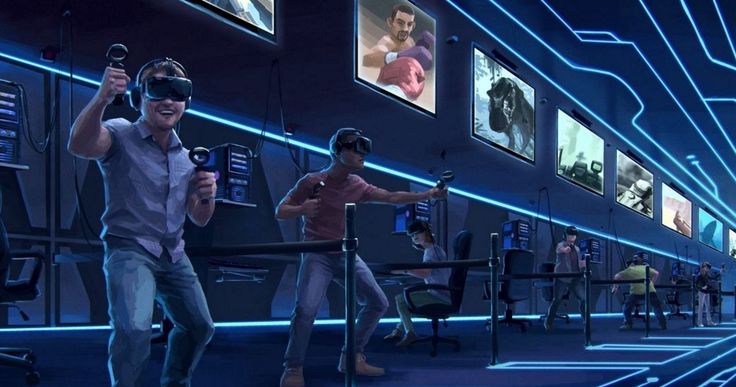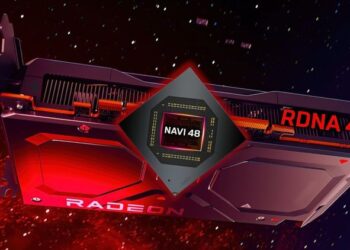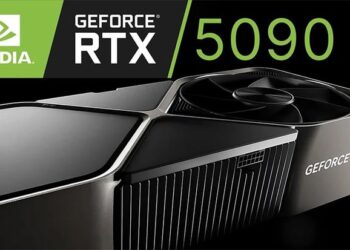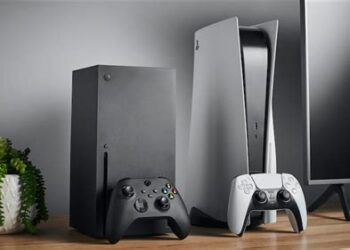The traditional image of a gamer is iconic: settled in front of a glowing screen, tethered to a powerful, expensive, and often noisy console or PC tower. For decades, this has been the undisputed reality of high-fidelity gaming. The power to render breathtaking worlds was directly proportional to the hardware you could afford to place in your home. But this foundational paradigm is rapidly dissolving, replaced by a force that is not just changing the rules, but erasing the rulebook entirely. This force is cloud gaming, and its takeover is no longer a distant forecast—it is the defining technological shift in interactive entertainment happening right now.
Cloud gaming represents a fundamental change in how we access, play, and even think about video games. It untethers AAA experiences from local hardware, placing the immense processing power required to run them in vast, remote data centers. What arrives at your screen—be it a TV, a laptop, a tablet, or a smartphone—is a high-definition video stream, a portal to a game running on a supercomputer hundreds of miles away. This is not just a new feature; it is a revolution in accessibility and convenience that is democratizing high-end gaming for the masses.
This comprehensive deep dive will explore the unstoppable rise of cloud gaming. We will dissect the technology that makes it possible, examine the market forces propelling its growth, and profile the tech titans battling for supremacy in this new frontier. We will also critically analyze its current limitations and look ahead to a future where the concept of a gaming console may seem as quaint as a video rental store. Prepare to understand why the future of gaming is not a box you buy, but a service you access anytime, anywhere.
The Core Concept: Deconstructing the Cloud
Before exploring its impact, it’s crucial to understand how cloud gaming actually works. At its heart, the concept is remarkably simple and often compared to a more demanding version of video streaming services like Netflix or YouTube. The analogy, while useful, only tells half the story.
When you stream a movie, you are passively receiving a pre-rendered video file. Cloud gaming, however, is a dynamic, two-way street.
A. The Remote Powerhouse: When you select a game, a command is sent to a server in a massive data center. This server is essentially a high-end gaming PC, equipped with powerful CPUs and top-of-the-line GPUs. This remote server launches the game instance specifically for you.
B. The Video Stream: As the game runs on the server, its video and audio output are compressed in real-time and streamed over the internet to your device. Sophisticated compression technology is used to ensure the highest possible visual quality at the lowest possible bandwidth.
C. The Input Loop: This is the magic ingredient. Every time you press a button, move a joystick, or click a mouse, that input command is sent from your device back to the server. The server registers the input, the game character reacts, and the new video frame reflecting that action is instantly streamed back to you.
D. The Latency Challenge: The entire round trip—from your input to the server and back to your screen—is known as latency or “ping.” This is the single greatest technical hurdle for cloud gaming. For a game to feel responsive and playable, this round trip must happen in just milliseconds. Any noticeable delay results in “input lag,” which can make fast-paced games feel sluggish and unplayable. The industry’s massive investments in fiber optic networks, edge computing (placing servers closer to users), and the rollout of 5G are all aimed at minimizing this critical latency factor.
The Catalysts: Why the Takeover Is Happening Now
The idea of game streaming has existed for over a decade, but early attempts were plagued by technological limitations. Today, a perfect storm of innovation and shifting consumer behavior has created the ideal environment for cloud gaming to thrive.
A. Hardware Liberation and Cost Accessibility: The financial barrier to entry for high-end gaming has become astronomical. A top-tier gaming PC can cost thousands of dollars, and new consoles launch at several hundred, often with limited availability. Cloud gaming shatters this model. It allows a user with a basic laptop, an old tablet, or a smartphone to play the latest, most graphically demanding titles in ultra settings. The processing is done in the cloud, effectively giving every subscriber access to a multi-thousand-dollar rig for a modest monthly fee.
B. The Connectivity Revolution: The widespread availability of high-speed fiber internet has provided the foundational bandwidth needed for stable 4K streaming. More importantly, the global rollout of 5G wireless technology is a monumental leap forward. 5G’s combination of high bandwidth and, crucially, ultra-low latency makes a high-quality, responsive gaming experience possible on the go, untethered from a Wi-Fi router.
C. The Subscription Economy: Consumers are now thoroughly accustomed to subscription models for their entertainment, from Spotify for music to Netflix for movies and TV. The gaming industry has embraced this, with services like Xbox Game Pass normalizing the “all-you-can-eat” buffet model. Cloud gaming is the logical endpoint of this trend, offering not just a library of games but also the hardware to play them, all under one recurring payment.
D. The Promise of Instant Gratification: Modern gaming is often a frustrating waiting game. Massive game files require hours to download, and hefty patches and updates can halt a gaming session before it even begins. Cloud gaming eliminates this entirely. Since the games are stored and maintained on the servers, they are always up-to-date. There are no downloads and no patches to install. A user can see a game they want to play and be actively playing it within seconds.
The Titans of the Cloud: A 2025 Battlefield
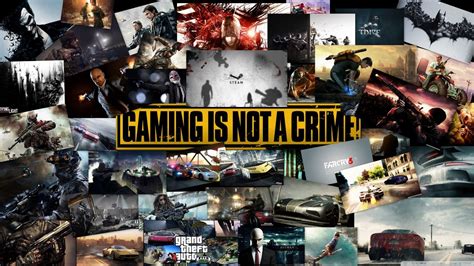
The cloud gaming landscape is a fierce battleground contested by some of the largest technology companies in the world, each with a unique strategy and value proposition.
A. Xbox Cloud Gaming (Microsoft): Arguably the market leader, Microsoft’s strategy is not to sell cloud gaming as a standalone product, but as a critical feature of its Xbox Game Pass Ultimate subscription. For one monthly fee, users get a massive, rotating library of hundreds of games, all first-party Xbox titles on day one, and the ability to play them on their console, PC, or via the cloud on any compatible device. The value proposition is immense, making the cloud a seamless extension of the broader Xbox ecosystem.
B. GeForce Now (NVIDIA): NVIDIA, a giant in graphics card manufacturing, has taken a different approach. GeForce Now is not a game store or a library subscription. Instead, it is a service that allows you to stream games you already own from digital storefronts like Steam, the Epic Games Store, and Ubisoft Connect. It’s a “bring your own games” model. Its key selling point is performance, with its premium tiers offering streaming from rigs that simulate the power of an RTX 4080 GPU, delivering stunning ray-tracing and high frame rates that even local consoles struggle to match.
C. PlayStation Plus Premium (Sony): Sony’s strategy leverages its greatest asset: a legendary catalog of exclusive first-party titles. Integrated into the highest tier of its PlayStation Plus subscription, the service offers cloud streaming for a vast library of classic games from the PS2, PS3, and PS4 eras, alongside modern titles. While its technology has historically lagged slightly behind competitors, its primary draw is offering the only way to play iconic franchises like God of War, The Last of Us, and Uncharted via the cloud.
D. Amazon Luna: Amazon’s entry into the market utilizes a unique, channel-based model. Users subscribe to a base “Luna+” channel and can then add optional channels from specific publishers, such as Ubisoft+ or Jackbox Games. Its deepest integration is with Twitch, the game streaming platform Amazon owns, allowing for seamless “click to play” functionality directly from a live stream.
The Cloud vs. The Box: A Modern Showdown
How does the new paradigm of cloud gaming stack up against the traditional experience of owning a dedicated gaming console or PC?
A. Cost: The upfront cost is a clear win for cloud gaming. A yearly subscription to a service like Game Pass Ultimate is significantly cheaper than a new Xbox Series X or PlayStation 5. The long-term cost can be more complex, but for many, the avoidance of a large initial investment is a deciding factor.
B. Performance: This is where local hardware, or “the box,” still holds an edge. Even with the best internet connection, cloud gaming will have more latency than a game running directly on a local machine. For hyper-competitive, professional-level esports players, that tiny delay can be the difference between victory and defeat. Furthermore, video compression can sometimes lead to minor visual artifacts that wouldn’t be present on a native system.
C. Convenience and Portability: Cloud gaming is the undisputed champion here. The ability to start a game on your living room TV, continue it on your laptop in a café, and finish it on your phone while commuting is something traditional hardware simply cannot offer. It is the epitome of “play anywhere, anytime.”
D. Game Ownership: This remains a major philosophical and practical advantage for traditional gaming. When you buy a game on a console or PC, you own a license to that software indefinitely. With cloud gaming, your access is tied to your subscription. If a game leaves the service, or if you cancel your subscription, your access is gone.
The Future is Fluid: What’s Next?
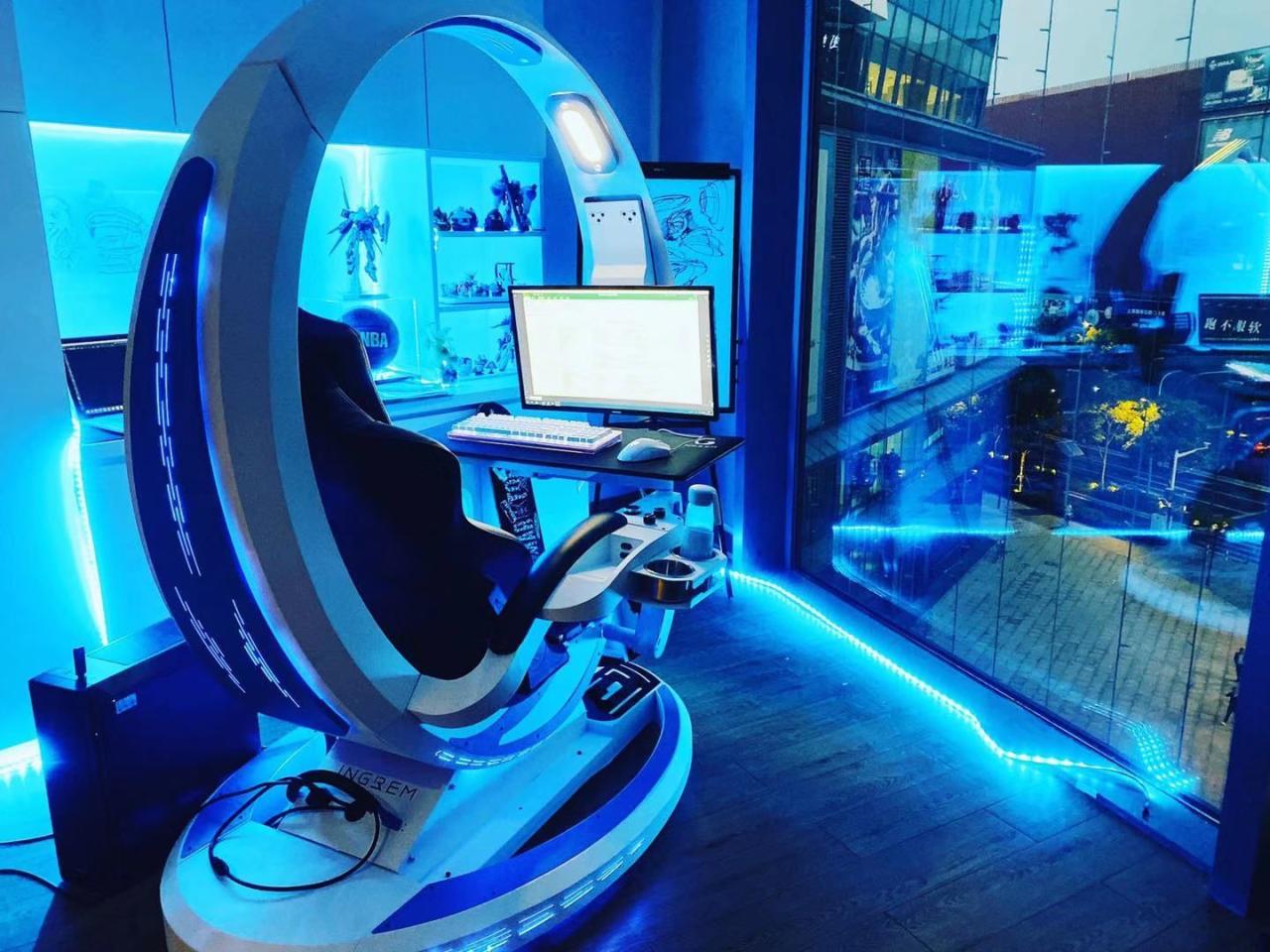
The cloud gaming takeover is far from complete, and the next decade promises even more radical advancements. We are heading towards a future where high-end gaming is completely decoupled from local hardware. Expect to see gaming services pre-installed as standard apps on every new Smart TV, removing the need for any external device. Technologies like 8K streaming will become feasible, and the integration of AI could lead to improved streaming performance and even procedurally generated game worlds created on the fly in the cloud.
Ultimately, the rise of cloud gaming is about the removal of friction. It removes the friction of cost, the friction of downloads, the friction of hardware obsolescence, and the friction of being tied to a single location. While challenges around internet infrastructure and game ownership persist, the trajectory is clear. The unstoppable takeover is not just about a new technology, but about a fundamental redefinition of what a video game is and how we experience it. The future of gaming is fluid, accessible, and everywhere.

